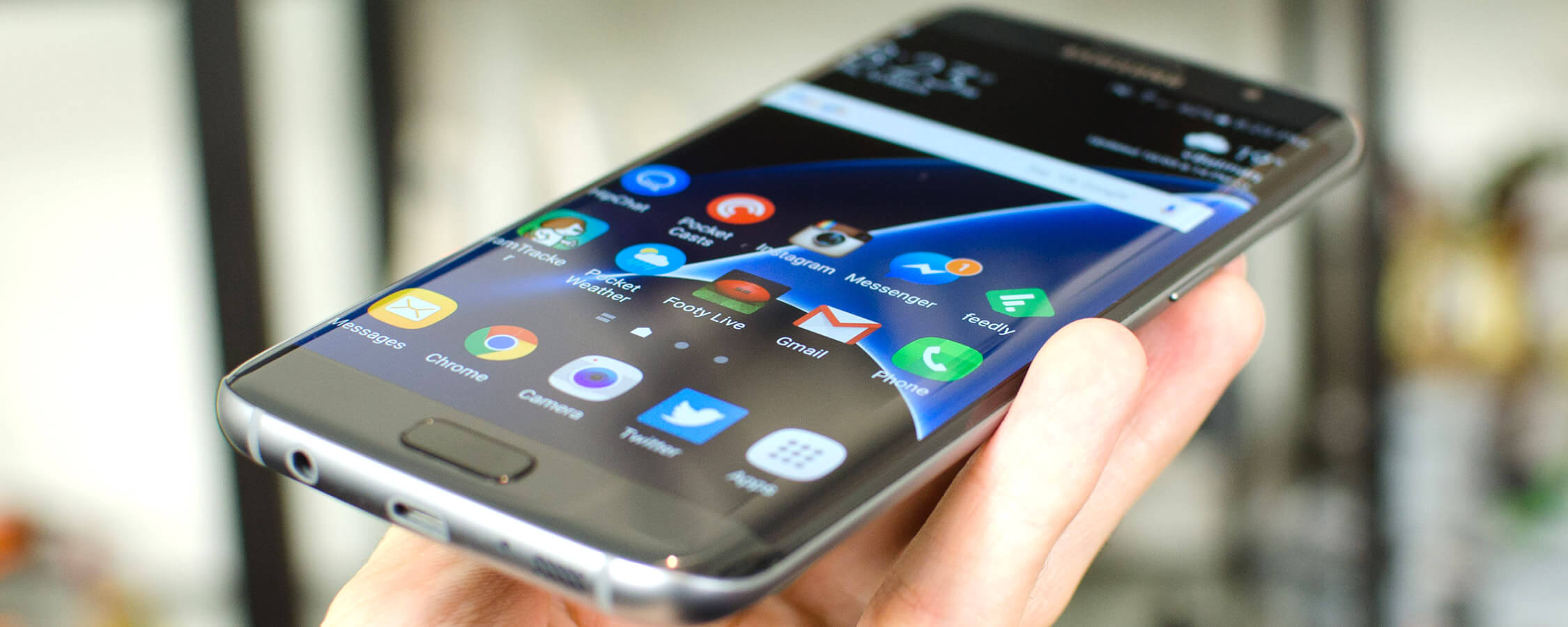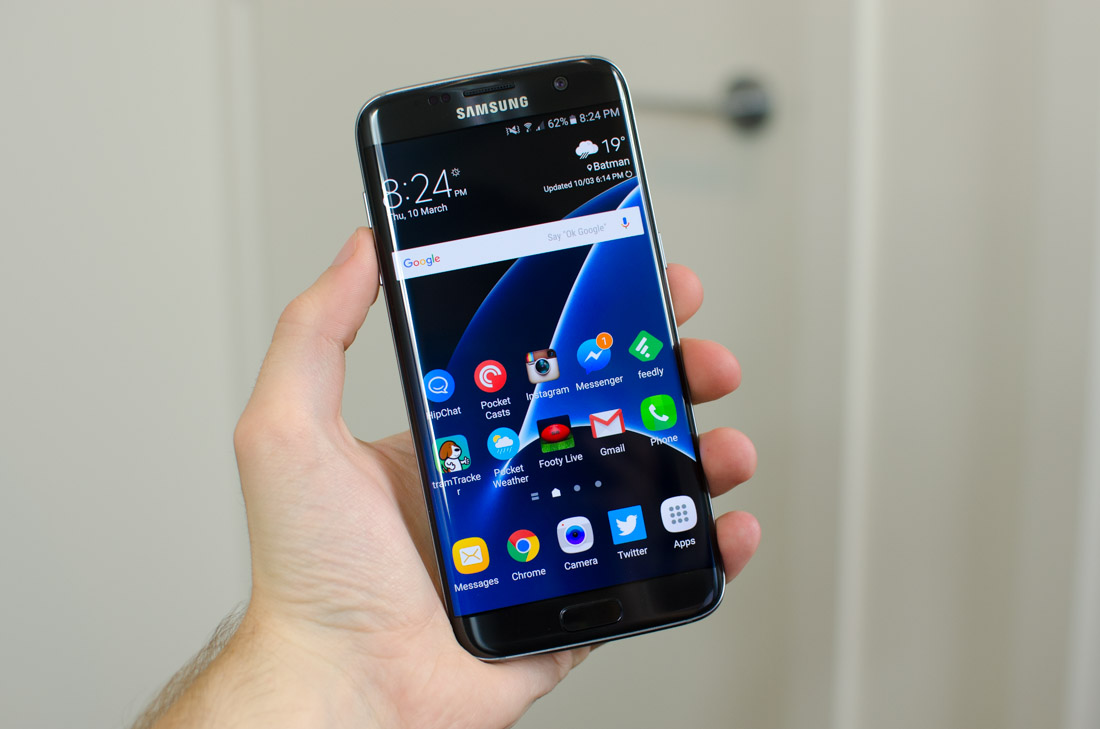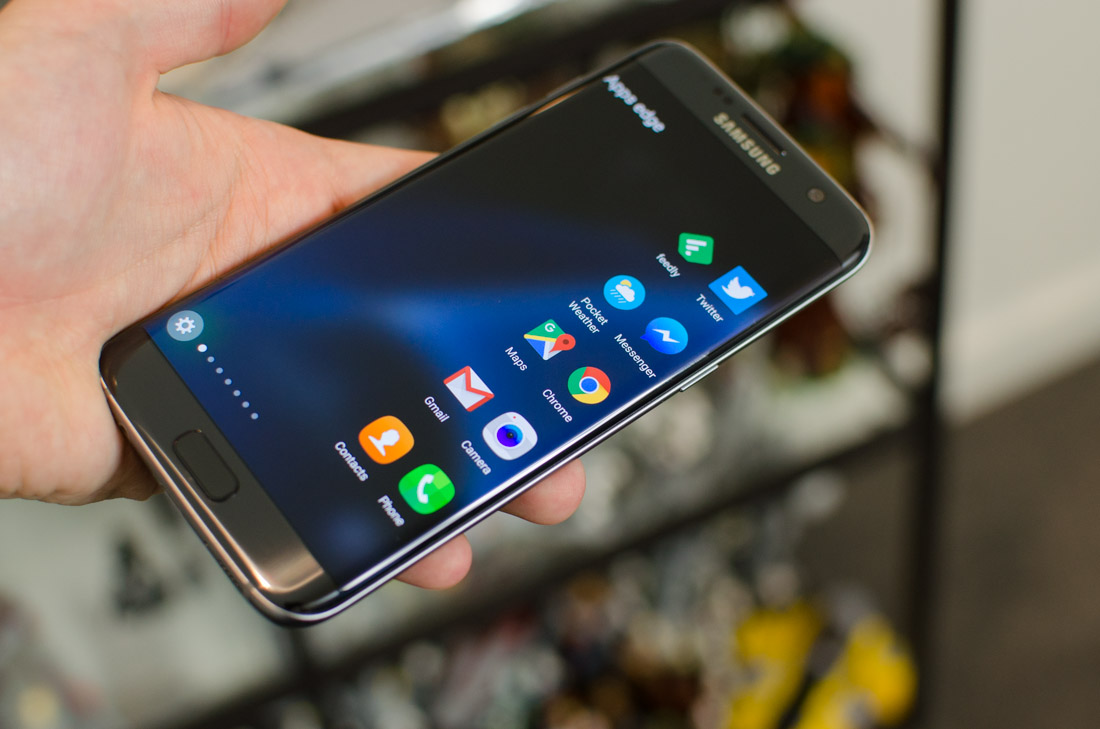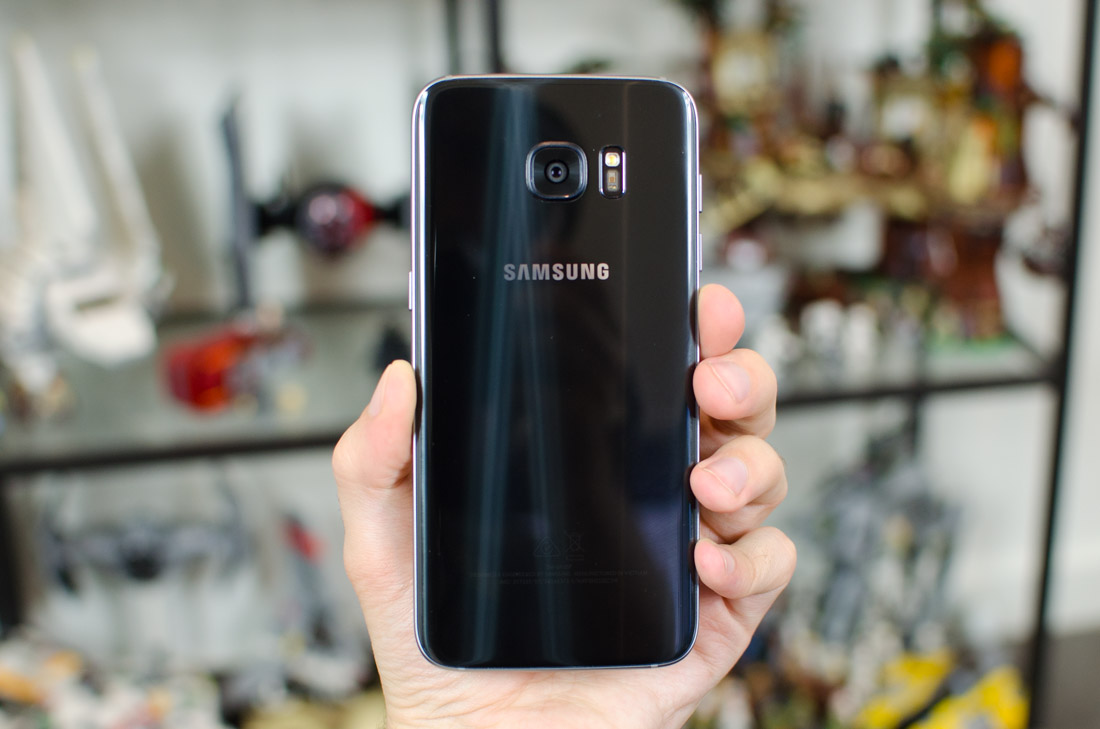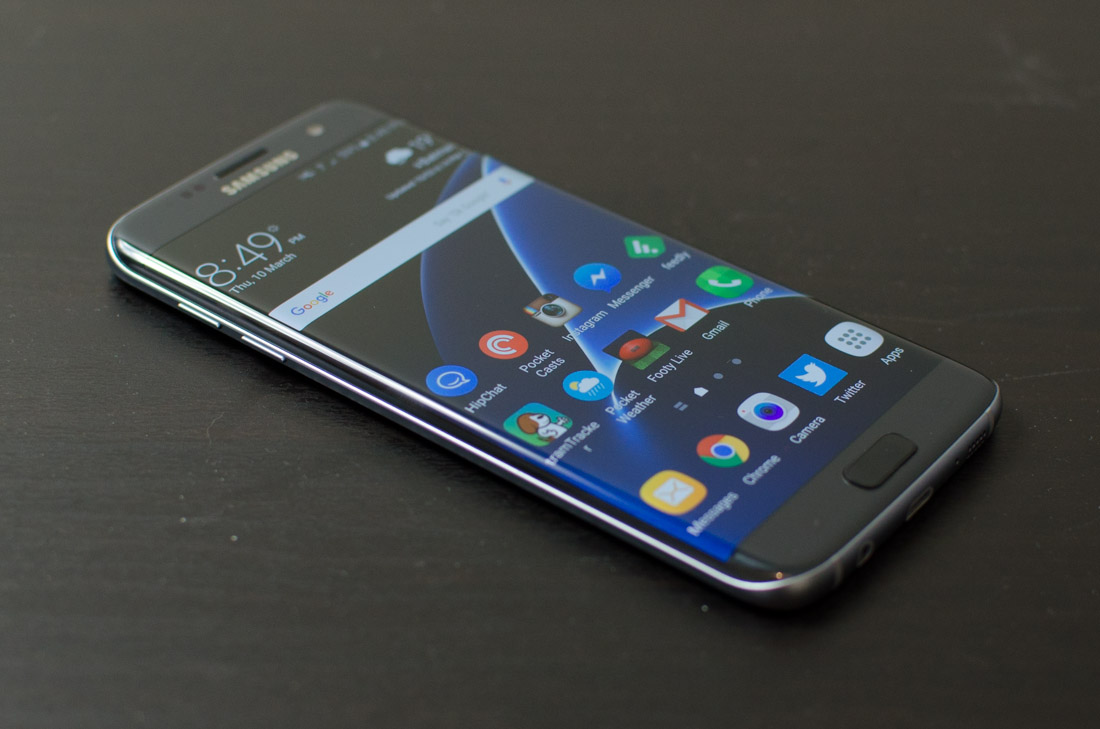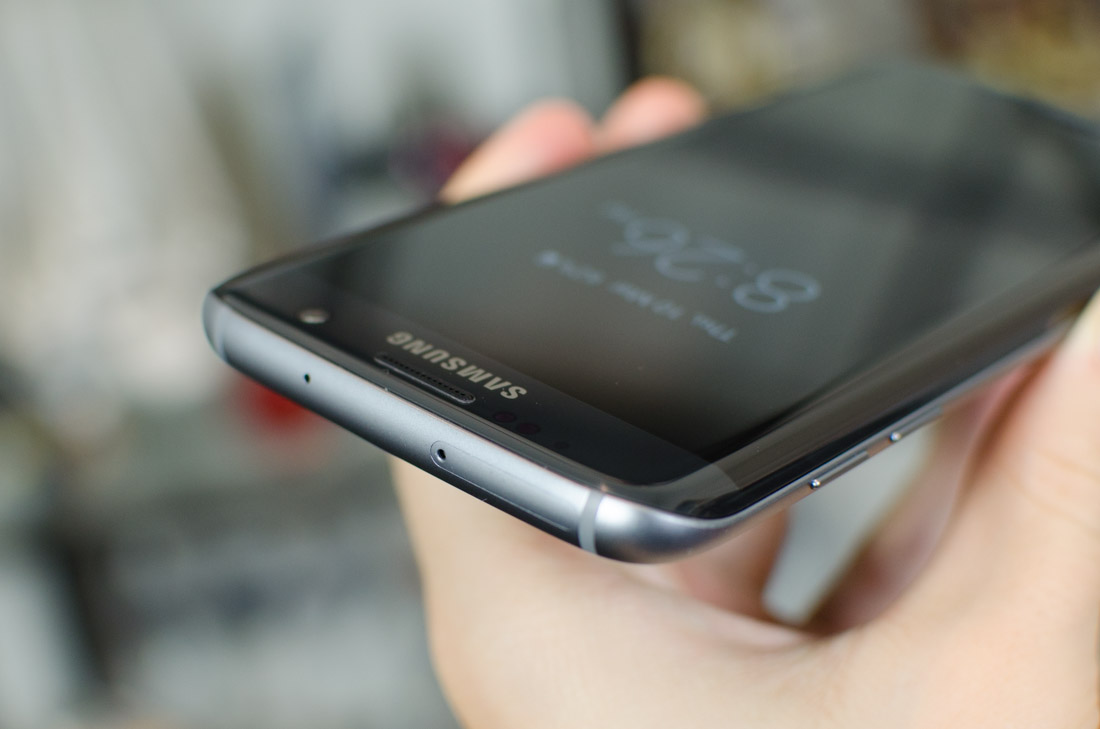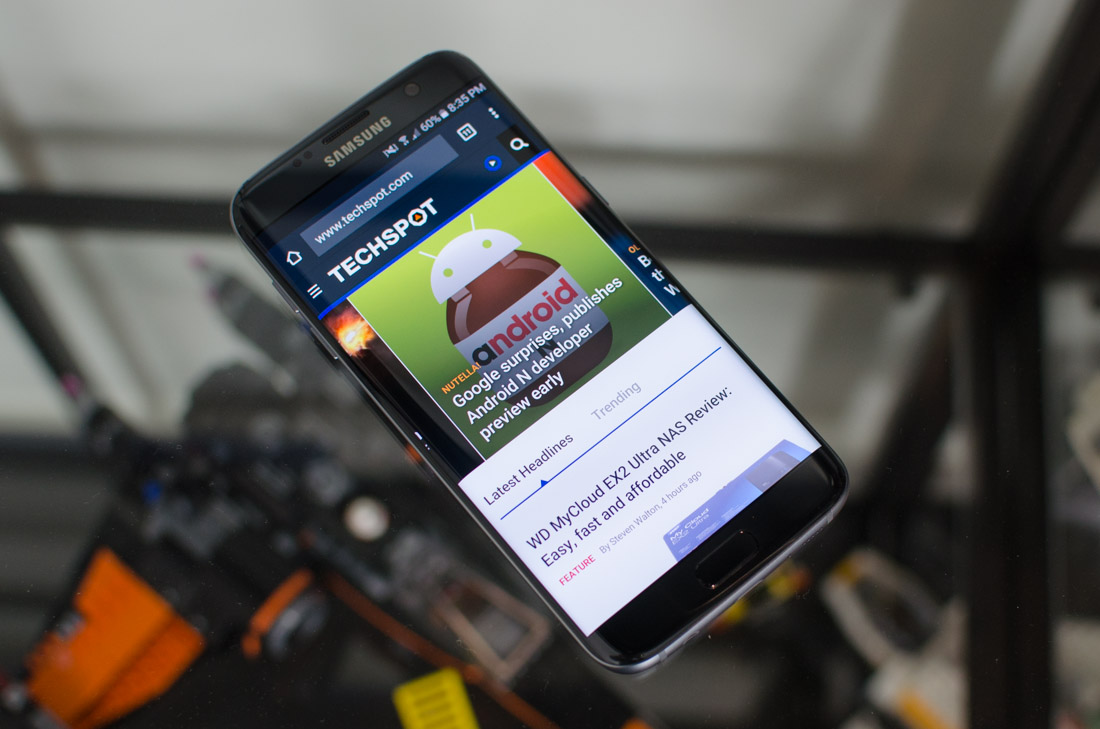An Outstanding Phone on the Edge of Perfection
The Samsung Galaxy S7 Edge is an excellent phone and easily gets my recommendation for those wanting to purchase something this early into 2016. Samsung has addressed many of the Galaxy S6 issues while adding or improving features that make this year's flagship an extremely compelling choice.
Now that the Edge is larger than the standard Galaxy S7, it's found a true home in Samsung's smartphone range. At 5.5-inches, the S7 Edge works really well for everyday use and content consumption and the refined design makes it more comfortable to hold than most phones with this screen size.
The use of curved glass and sturdy metal gives the devices a top-end look and feel, and although it's still slippery and a fingerprint magnet, I feel compelled to overlook these issues in the name of beauty.
Samsung has again come to the table with a fantastic display. The 5.5-inch 1440p AMOLED delivers sharp imagery and vibrant colors, with the option to switch to a color-accurate mode in the settings. Peak brightness has been reduced slightly compared to the S6 series, but that's of little concern as the display is still easily visible in bright conditions. The curved edges do add distortions and increased reflections along the sides, and that can be a little distracting, although it generally doesn't have a huge effect on the viewing experience.
With the return of the microSD card slot and water resistance, there are less compromises to the design as well.
The S7's all new 12-megapixel cameras with larger pixels and wider apertures result in a near doubling of light-capturing ability. This leads to fantastic results in a wide range of conditions. Detail doesn't suffer despite a reduction in resolution, dynamic range is excellent (particularly in HDR mode), and color quality is fantastic in most situations.
Best of all, the new camera takes focusing speeds to the next level. The S7 Edge is the fastest camera I've ever seen when it comes to focusing, and that allows you to snap great shots in an instant. This is by far the best new camera feature, as it also helps deliver even better, more adaptable video recording capabilities at 4K.
I received an Exynos 8890 variant of the Galaxy S7 Edge to review, and the performance across the board was excellent. The new CPU with Exynos M1 cores is 20-30% faster than both the Galaxy S6's Exynos 7420 and the Snapdragon 810, while GPU gains sit closer to 40 and 30 percent, respectively.
The improvements in raw performance do lead to perceptible differences in device performance. Playing high end games at 1440p was smoother on the Galaxy S7 Edge than the Galaxy S6, and multi-tasking was also improved.
While NAND speeds remain very similar between the devices, loading apps was marginally faster on the Galaxy S7 Edge, as was editing photos. The only downside to the Exynos 8890 is that the S7 Edge can get quite hot during extended load, although the SoC does throttle less quickly and less severely than the Exynos 7420.
Battery size gains and better SoC efficiency lead to improved battery life in the S7 Edge. In general, the phone displays excellent battery life, falling right in the upper echelons of our battery charts. This is a huge change from the last year's models that tended to disappoint. The slight increase in device thickness is well justified for prioritizing user experience.
If the Galaxy S7 Edge stumbles anywhere - and it's only a minor stumble - it would be in the software. TouchWiz still lacks the same polish as vanilla Android, and the visual style leads to a somewhat inconsistent look. However, the S7 Edge packs a collection of handy features, including split-screen multi-tasking, easy-to-access Game Tools, and benefits of Android 6.0 including the revamped permissions system.
Some heavily touted features are a little disappointing, primarily the always-on display which cannot show notifications from any third-party apps. The functionality is handy, but it's not as fleshed out as it could be. The Edge screen is improved with wider, better panels, though I only found myself really using two of them with any frequency, and there's no reason why the feature can't be ported to the regular Galaxy S7.
It's also unclear how well Samsung will support the Galaxy S7 over its lifetime for software and security updates. The company doesn't have a great track record here despite their promises, and I doubt you'll receive the latest versions of Android anywhere near as fast as Google's Nexus line.
Overall I've been impressed with the Galaxy S7 Edge. It's an expensive high-end phone, with the 32GB model costing around $780 off-contract (around the same price as a 64 GB iPhone 6s), but in my eyes the improvements to the hardware are worth it. This is a truly premium, well-built handset, and you won't regret buying it.
Pros: Refined design is stunningly beautiful. Camera is uber fast and delivers excellent image quality. Exynos 8890 SoC is powerful. Fantastic battery life and display. The microSD slot is back as a must-have, water resistance as a differentiating feature.
Cons: TouchWiz still lacks polish, should be made optional. Glass body is slippery and attracts fingerprints. No USB Type-C.
